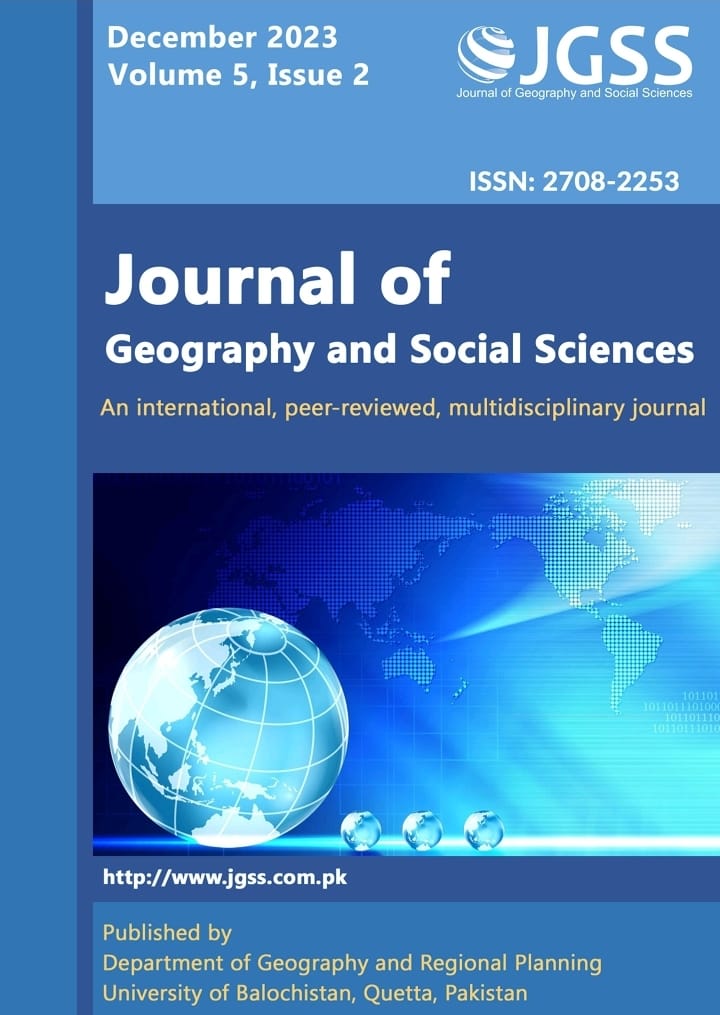Drought Prediction in Balochistan: A Comparative Study of Arimax and Machine Learning Models
Drought Prediction in Balochistan
Keywords:
Droughts; Climate change; Precipitation; Balochistan; PakistanAbstract
Background: Drought is harmful to the environment and human life and has a major impact on reducing the quality of life. It’s a natural disaster whose negative effects spill into farms, water resources, and ecosystems, causing crop failures and food insecurity. Thus, it is one of the important global issues. Objective: In this research, we intend to model drought in different regions of Balochistan, Pakistan, using machine learning and traditional methods. The data of monthly precipitation and minimum and maximum temperature from 1951 to 2017 from five stations in Balochistan were used. Methods: The commonly used method of Autoregressive Integrated Moving Average with independent variables (ARIMAX) was compared with three machine learning methods, namely Support Vector Machine (SVM), Random Forest (RF), and K-Nearest Neighbors (KNN). The Standardized Precipitation Index (SPI) based on three, six and nine months was chosen as a drought indicator. Four different models using the lagged values of variables were developed. To evaluate the accuracy of these models, three statistical measures, RMSE, MAE, and R2 were used. Results: Based on the results of this study, we found that the RF method with the M1 model (with two lagged values of variables) provided satisfactory results of R2 at each station we studied. Additionally, the RF model showed the best results for the Panjgur station. In this study, we obtained R2 values 0.825, 0.756, 0.584, 0.731, 0.902 for Dalbandin, Quetta, Sibi, Zhob and Panjgur stations, respectively. These results were average training and testing results for each station. The RMSE, MAE and R2 values of the Panjgur station were 0.177, 0.115, 0.974, 0.337, 0.227, 0.902 during the training and testing phases, respectively. Conclusion: We found that the RF model has a high potential to forecast drought more precisely than other alternative approaches due to its great accuracy and the outcomes of this study will help the researchers accurately predict droughts.


